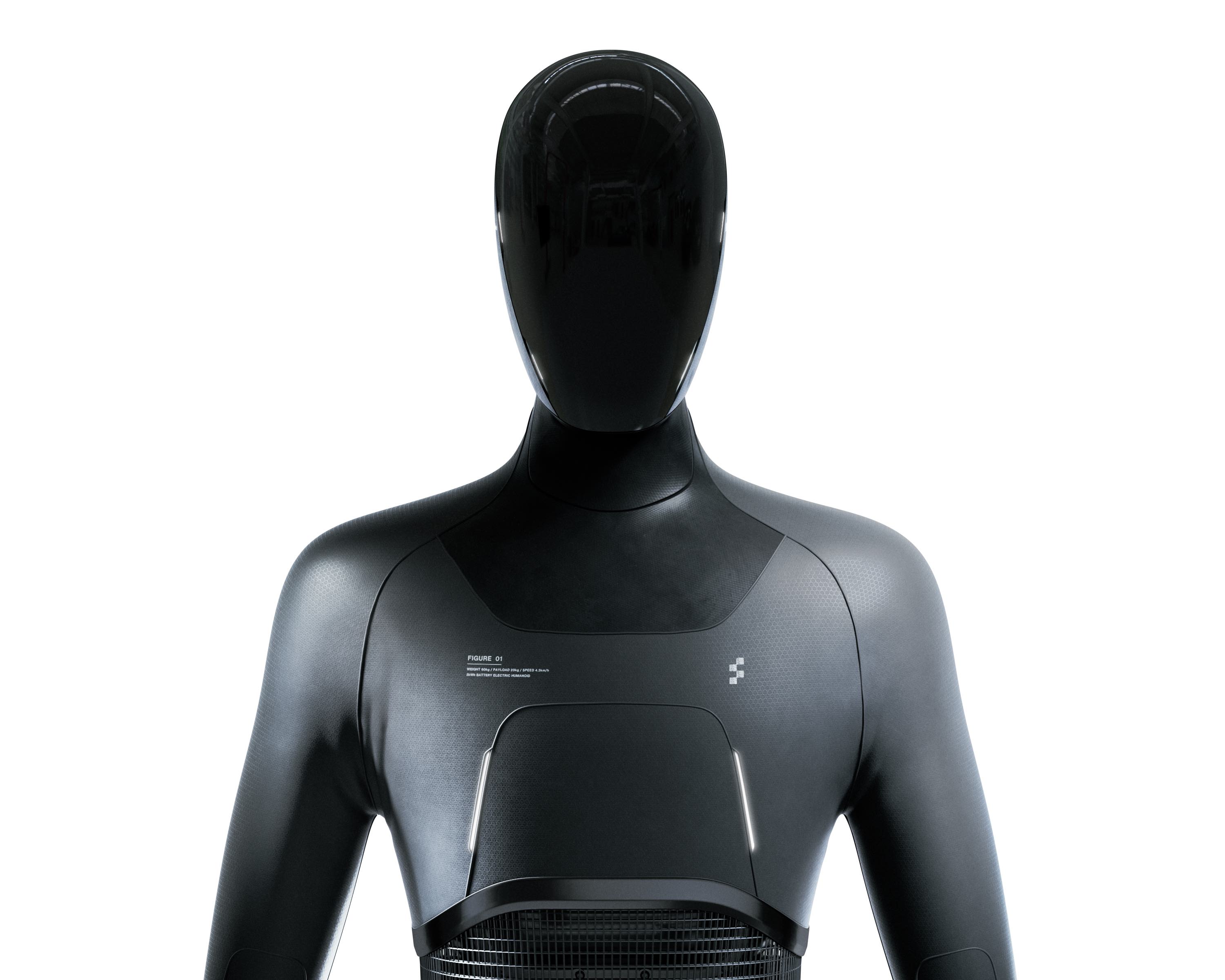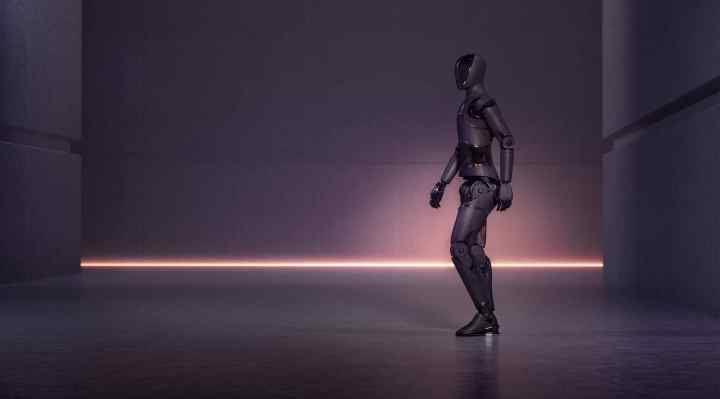Humanoid robots are one of those ideas that never truly goes out of style — it does, however, tend to ebb and flow across the decades. Whatever you happen to think about the project or the company that built it, Tesla’s Optimus prototype has revived the conversation around the form factor and efficacy and viability of general-purpose robots. Boston Dynamics founder Marc Raibert told me in an interview this week, “I thought that they’d gotten a lot more done than I expected, and they still have a long way to go.”
It’s also reopened the debate. When I spoke to Playground Global partner Peter Barrett last week, he was quick to point out that our bodies aren’t exactly the hallmark of efficiency or product design, even if they made us sufficiently capable of outsmarting or out-running a wooly mammoth back in the day. The flip side of that conversation certainly makes sense however: We built our environment with us in mind, so it follows that we’d make robots in our image to perform our jobs.
Figure, which comes out of stealth this week, is very much in the second camp. Back in September, we broke the news of the startup’s existence. Founded by Archer co-founder Brett Adcock (who has also funded the company to the tune of $100 million), the startup is spending lot of time and money to build a general-purpose bipedal humanoid robot. It’s not an easy dream in any respect, of course. That no one has yet managed to crack the code certainly isn’t for lack of trying.
Among the things the new company brings to the table is a 40-person staff with excellent pedigrees.
“The team is ex-Boston Dynamics, Tesla, Apple SPG, IHMC, Cruise [and Alphabet X]. Collectively we align on building a better future for humanity through the intersection of AI and robotics,” Adcock tells TechCrunch. “We’ve been fortunate to hire the best in the world at specific skill sets in AI, Controls, Electrical, Integration, Software and Mechanical Systems. The team believes we’re at a point where we can commercialize robots that have primarily been R&D over the last two decades. This is something a lot of our team has dreamt about doing for a long time.”
The robot’s alpha build, which the company completed in December, is currently being tested in its Sunnyvale offices. The images of the Figure 01 offered by the company appear to be renders similar in nature to what Tesla released alongside its robot’s announcement.
Adcock explains, “We believe this to be at the forefront of any electromechanical humanoid in history. We are now working on our second-generation humanoid robot which will be feature-complete for commercial operations. In the near term, we believe it’s important to validate our humanoid in commercial operations as the critical milestone for the Figure team.”

Image Credits: Figure
For now, the system is focused on a wide range of manual labor tasks. It’s effectively the sorts of things you think of when you think about industrial robotics: warehouse/fulfillment/logistics, manufacturing and retail are all near the top. “General purpose” is the goal — but again, there are reasons robots have traditionally been built for single, repeatable tasks. It’s unclear whether the company plans to take a hardware as platform approach that’s driven products like Spot.
“Our vision is to build horizontal hardware that can scale to many applications,” Adcock adds. “We believe humanoids will revolutionize a variety of industries, from corporate labor roles, to assisting individuals in the home, to caring for the elderly, to building new worlds on other planets. However, our first-step applications will be in industries such as manufacturing, shipping and logistics, warehousing and retail, where labor shortages are the most severe. We believe it’s important to optimize our business model to get to revenue as quickly as possible.”
While he declined to comment on the progress of Tesla’s systems, it’s clear that emerging players will help demonstrate both the potential and difficulty of the form factor.
